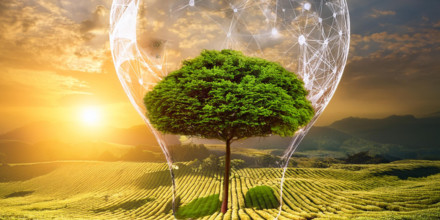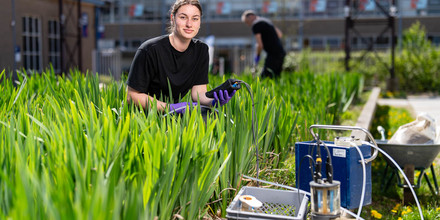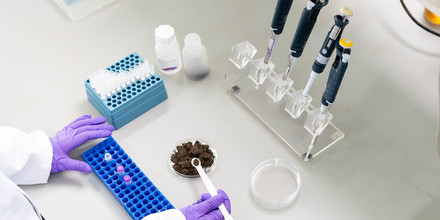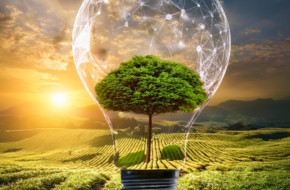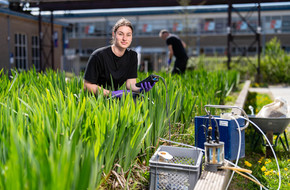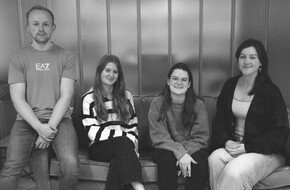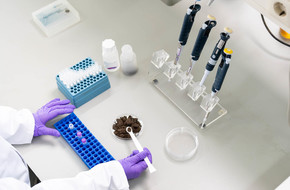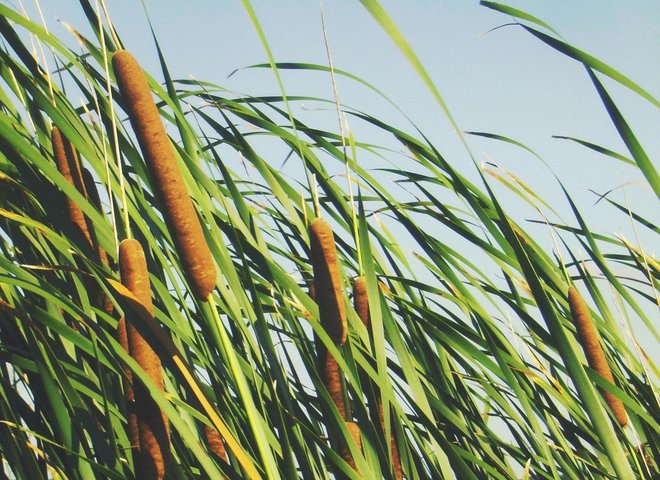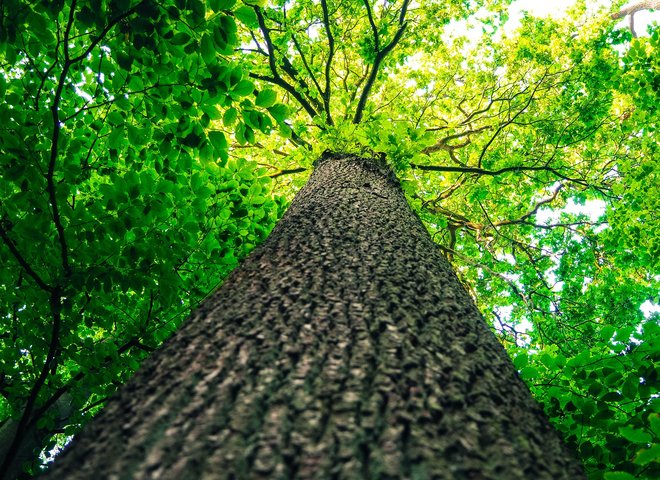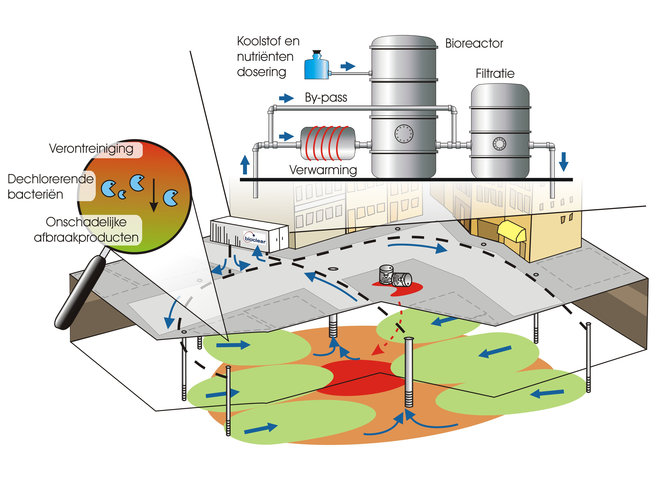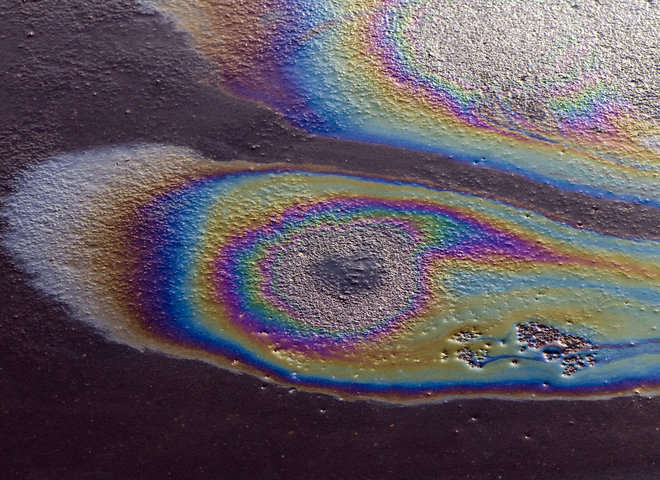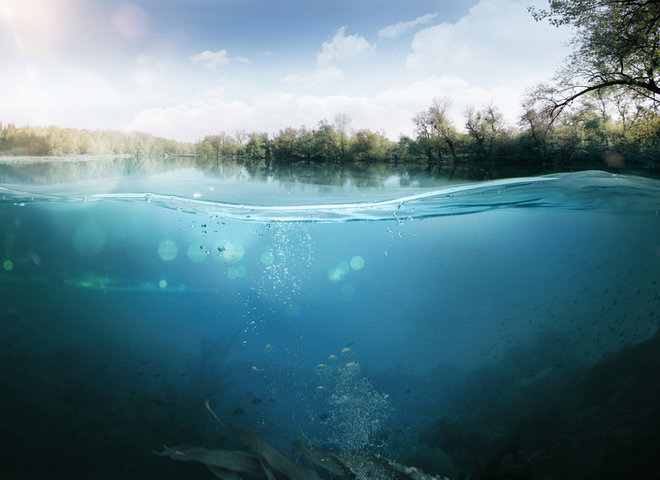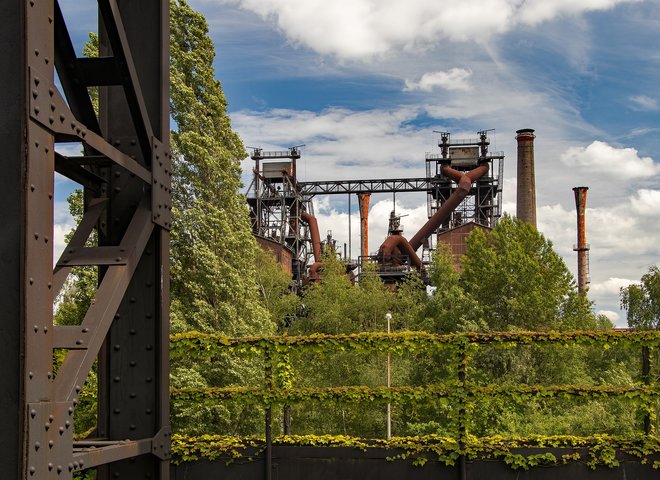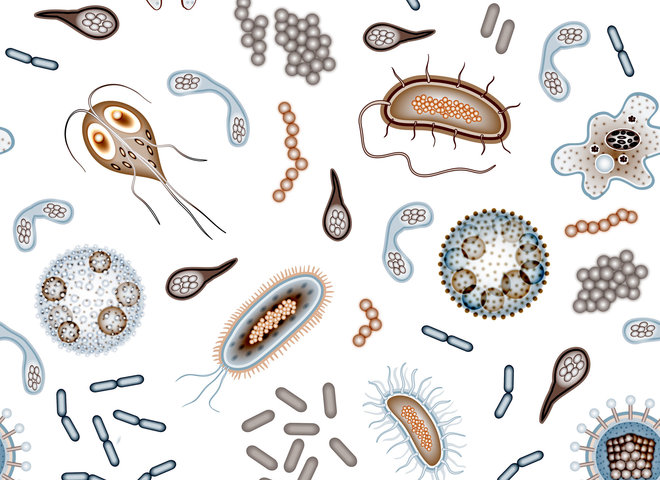Bugs are everywhere
Natural decomposition processes take place all around us. Most people do not think about it very often, but microorganisms help our society every day to make the environment cleaner. Whether it concerns sewage treatment, composting organic waste or cleaning up contaminants in the soil, these “bugs”, as our customers often call them, play an important role.
At Bioclear earth we like to work with these “bugs” to break down contaminants in places where conventional techniques are often not technically feasible or too expensive. Think of, for example, the treatment of soil and ground and surface water, or the application of the biological decomposition processes in air and water filters. We use a wide range of bacteria and fungi that are able to break down the contaminants present. I sometimes feel like David the Gnome who is going to solve a new problem together with his "bugs".
Experience has taught us that every contamination is slightly different and that we need to look carefully at each location to see how we can use biological degradation processes optimally. We assess which techniques we can apply, but also which biological processes and therefore which “bugs” we can use to achieve the intended result. Our cooperation partners are living organisms who have their own living conditions and requirements in order for them to carry out their work for us. The trick is to find the right combination of techniques, organisms and conditions to achieve the biological breakdown of contaminants. It is an enjoyable challenge not only to find the right solution for our customers, but also to keep our "bugs" happy so they can do the work for us. While doing this, you really start looking at bacteria and fungi in a different way. They are rather important colleagues who are working hard to make the environment cleaner.
